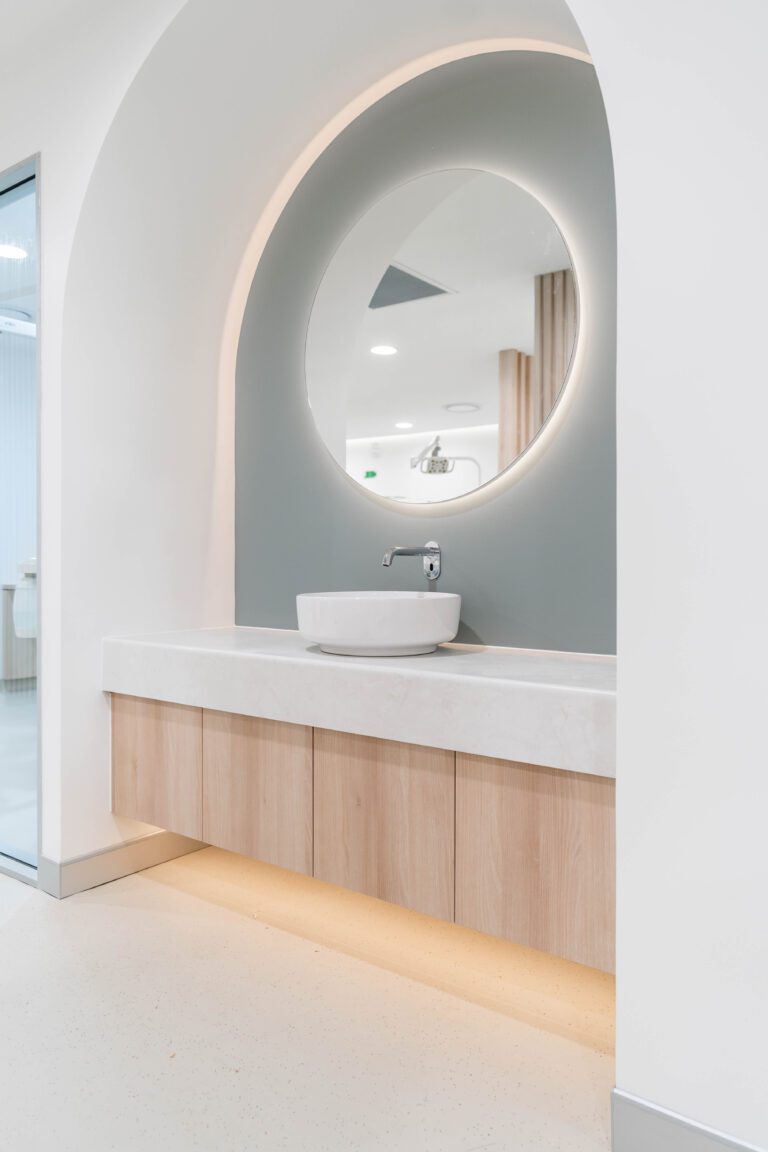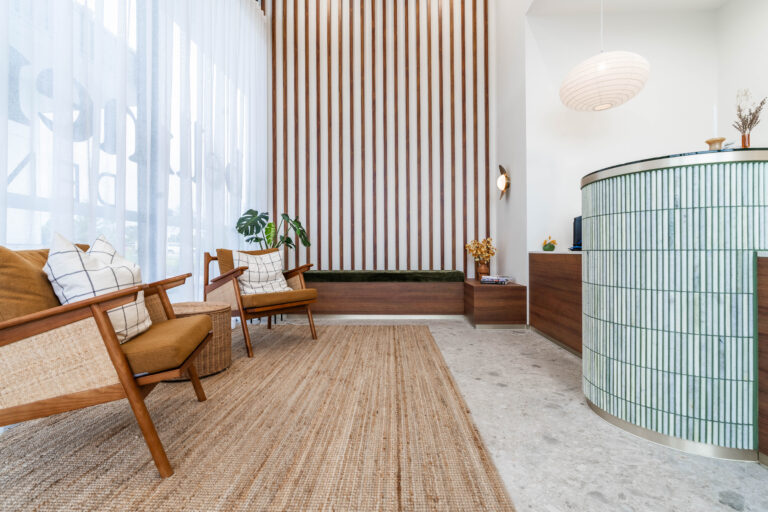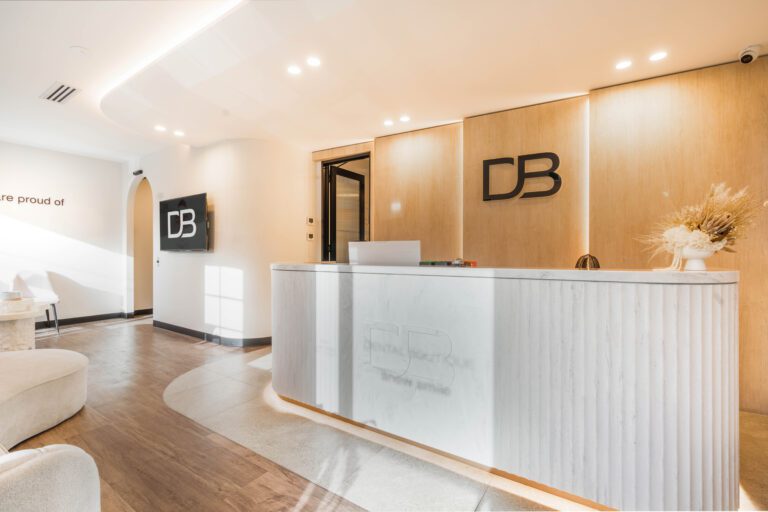Planning a new fit-out for your dental, medical, or veterinary practice is an exciting venture—but it can also feel overwhelming with so many design ideas at your fingertips. That’s where learning how to create a mood board comes in. Mood boards are powerful tools that align your vision with practical outcomes, helping you build a space that reflects your brand while meeting clinical needs.
Whether you’re starting a new practice or refreshing an existing one, this guide walks you through the key steps to create a mood board that supports function, aesthetics, and compliance—all essential in the healthcare environment.
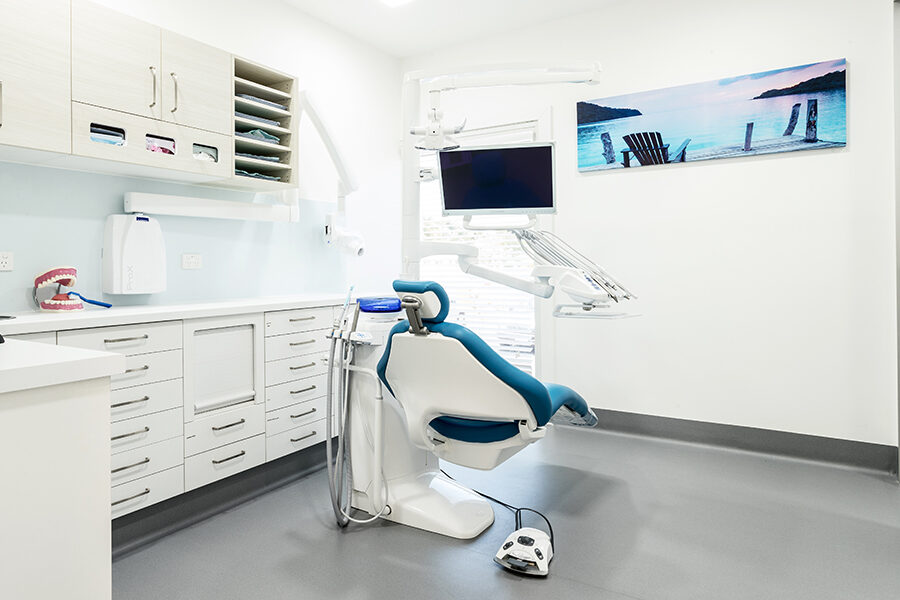
1. Define Your Vision: What’s Your Style?
Before you start pinning, take a moment to define the feeling you want your practice to evoke. What experience do you want patients to have when they walk through the door? Answering these foundational questions is the most important part of understanding how to create a mood board that truly reflects your brand’s purpose.
Popular Interior Styles in Australian Practice Design
Coastal: Inspired by our natural surroundings, this style favours soft whites, sandy neutrals, and gentle blues. Organic textures like light-toned timber and linen bring warmth and ease, creating a calm and serene atmosphere.
Contemporary Australian: Combining native materials with sleek, functional layouts. Think Tasmanian Oak, earthy ochres, eucalyptus greens, and clean lines. This aesthetic feels professional yet welcoming.
Urban Industrial: For practices seeking a bold, modern identity. This style embraces raw finishes such as polished concrete, matte black steel, and exposed brick for a dynamic, design-led look.
Connect Your Style with Your Brand Identity
Your interior should reflect your brand without needing a logo to explain it. Start by listing three words that describe your practice. Are you ‘innovative, precise, and professional’ or ‘community-focused, warm, and approachable’? Use these as guiding principles when building your visual direction.

2. Gather Your Inspiration
As your vision begins to take shape, it’s time to delve into the creative side—gathering inspiration that brings your ideas to life. Although many people start with Pinterest, a key part of knowing how to create a powerful mood board that feels unique is to source ideas from a diverse range of places. To give your design a grounded character, explore beyond the usual platforms. Look at:
Recommended Instagram Accounts
- @thedesignfiles – Celebrates unique Australian spaces.
- @est_living – Known for modern, minimalist Australian interiors.
- @australian_interior_design_awards – A showcase of award-winning projects, including medical clinics.
Local Hashtags to Follow
- #australianinteriordesign
- #modernaustralianhomes
- #dentaldesign
Also consider:
- Australian colour palettes (like a dusty bush sunrise or coastal sands)
- Local materials (native timbers, natural stone)
- Your patient demographic and how they respond to certain colours or layouts
Also consider Australian colour palettes (like a dusty bush sunrise), local materials (native timbers, natural stone), and your patient demographic. Your inspiration doesn’t need to be limited to clinical spaces. Draw from landscapes, favourite hospitality venues, or artworks that capture your mood.
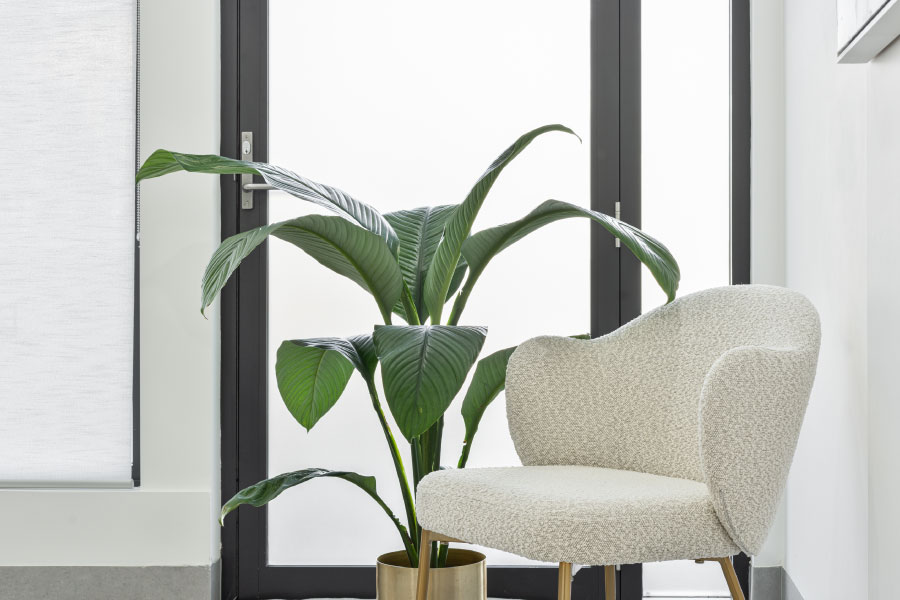
3. Digital vs. Physical Mood Boards
With your collection of inspiration growing, you’re now ready to take the next step: translating those ideas into a format you can touch, see, and share. This is where your creative vision begins to take shape—a tangible representation of your future space.
Digital Mood Boards
Platforms like Pinterest, Canva, and Milanote allow you to easily compile, arrange, and share ideas. These are especially helpful for the brainstorming phase or when collaborating with team members remotely.
Physical Mood Boards
A physical board allows you to experience textures, light reflection, and material pairings in person. You can include:
- Laminex or Caesarstone samples
- Dulux paint swatches
- Flooring or tile samples
- Upholstery and fabric swatches
A hybrid approach often works best: start with a digital board to gather ideas, then refine with physical samples.
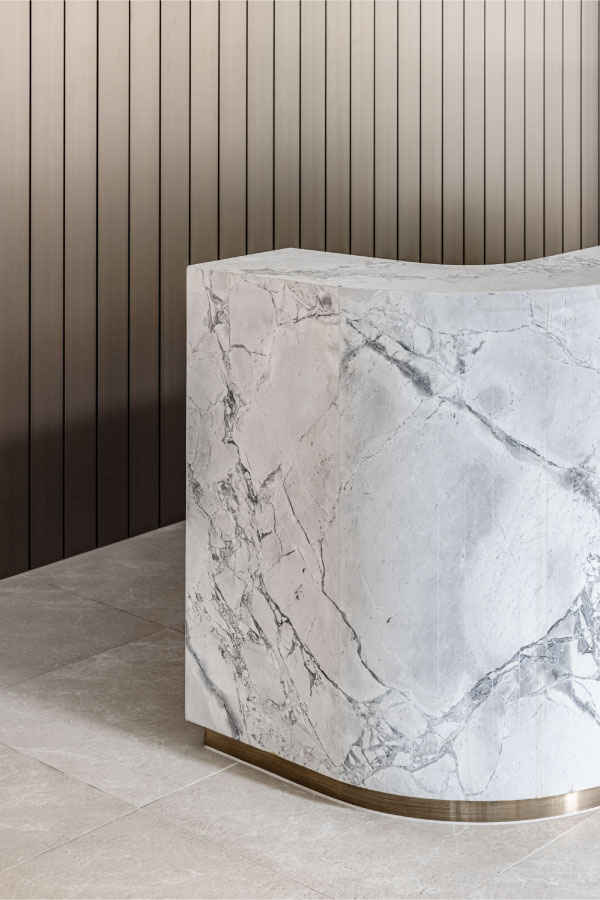
4. Add Texture, Detail and Lighting
Knowing how to create a mood board that a designer or builder can actually use means going beyond images. This step is all about layering materials and lighting—adding richness and refinement to the mood board so it feels not only beautiful, but livable and functional in a clinical setting.
Once your visual direction is taking shape, start to focus on the elements that bring depth and richness to your design: texture and light.
Use Materiality to Engage the Senses
Warm + Inviting:
- Native timbers: Tasmanian Oak, Spotted Gum, Blackbutt
- Textiles: Wool blends or commercial-grade linen for bench seating or acoustic panelling
Sleek + Modern:
- Stone: Caesarstone for benchtops or reception counters
- Metal: Brushed brass, black steel, or powder-coated aluminium for lighting or joinery accents
Layer Lighting for Function and Mood
Lighting dramatically shapes how a space feels. Include lighting examples in your board that consider:
- Ambient lighting: For general brightness
- Task lighting: Above workstations or in treatment rooms
- Accent lighting: Pendants or wall lights in reception areas
Use warm white (around 3000K) in reception and consult rooms, and neutral white (around 4000K) in clinical spaces.
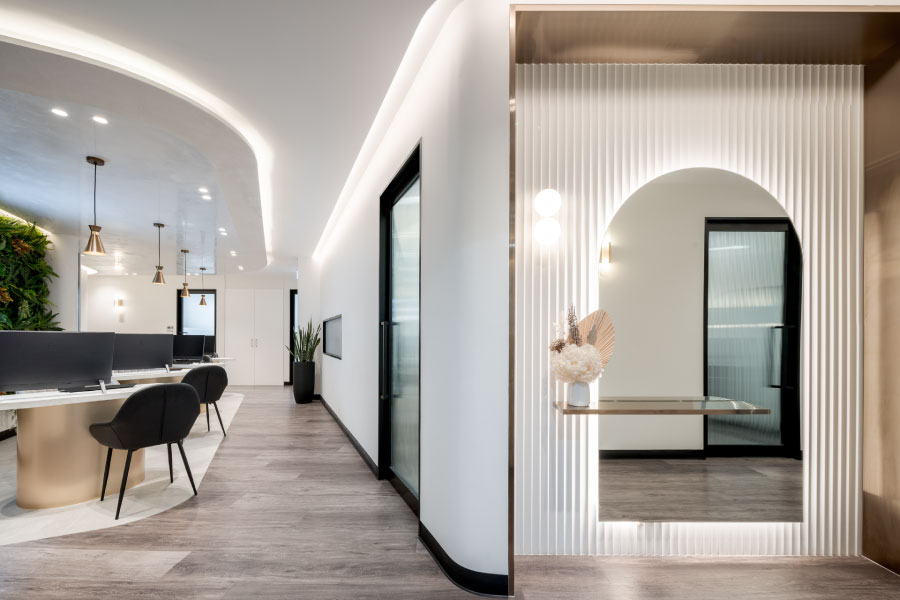
5. Review & Refine: The Final Checklist
Once your mood board is complete, step back and review it critically. Ask yourself these questions:
- Cohesion: Do all the elements feel like they belong together?
- Brand Alignment: Does the board clearly reflect the keywords you defined for your brand?
- Atmosphere: Does it create the feeling you want your patients to experience? (e.g., calming, professional, welcoming)
- Practicality: Are the chosen materials durable and appropriate for a high-traffic medical or dental environment?
This is a good time to bring in key team members or stakeholders for feedback. Their insights will help ensure the final direction supports both patient experience and staff functionality.

Ready to Bring Your Vision to Life?
You now have a clear and inspiring visual reference to guide the next phase of your practice journey. Your mood board reflects more than just a design style; it embodies your brand, your values, and your vision.
At RiteSpace Construction, we specialise in turning creative direction into real-world outcomes. Whether you’re looking to update an existing dental practice or bring a brand-new veterinary clinic to life, we work with you to transform your mood board into a fully realised, beautifully executed space.
Let’s take your ideas from inspiration to implementation, with precision, creativity, and care. Reach out to our team today to get started or download our free ebook to stay on top of the latest trends.
Note: This post was originally published on March 19, 2024 and has been updated on October 29, 2025.



